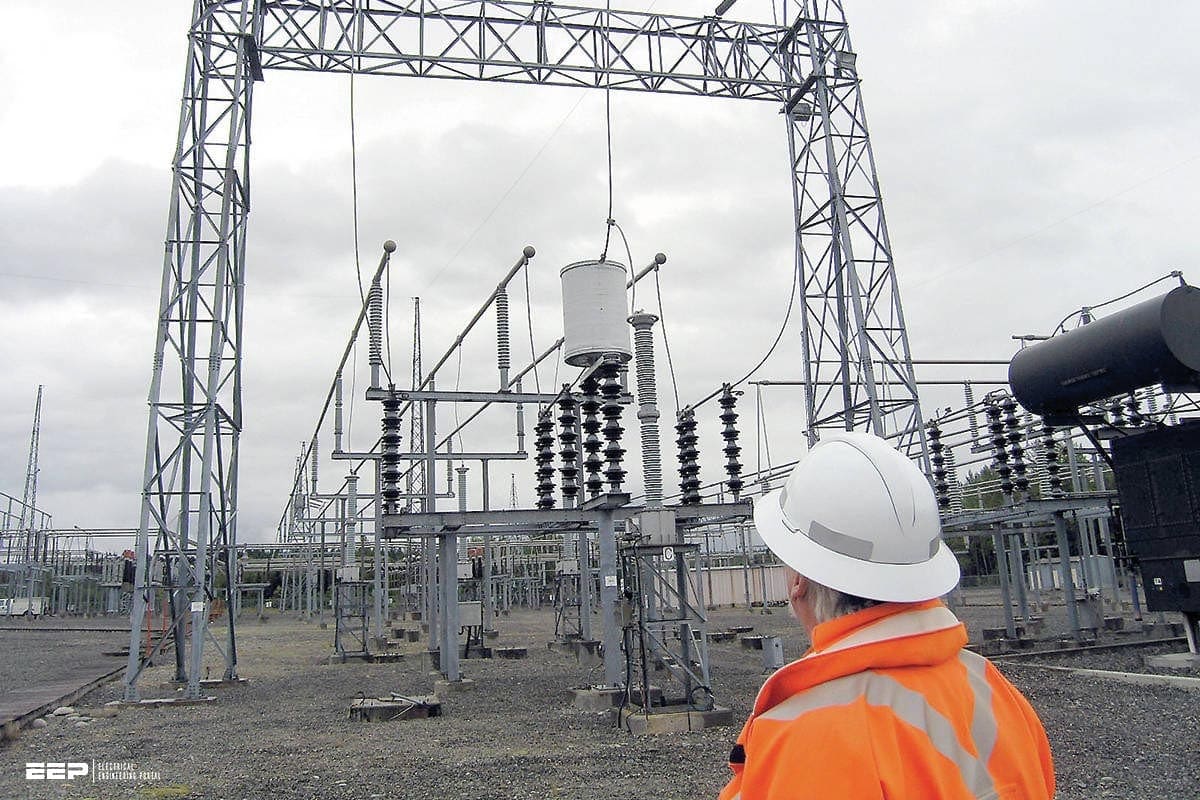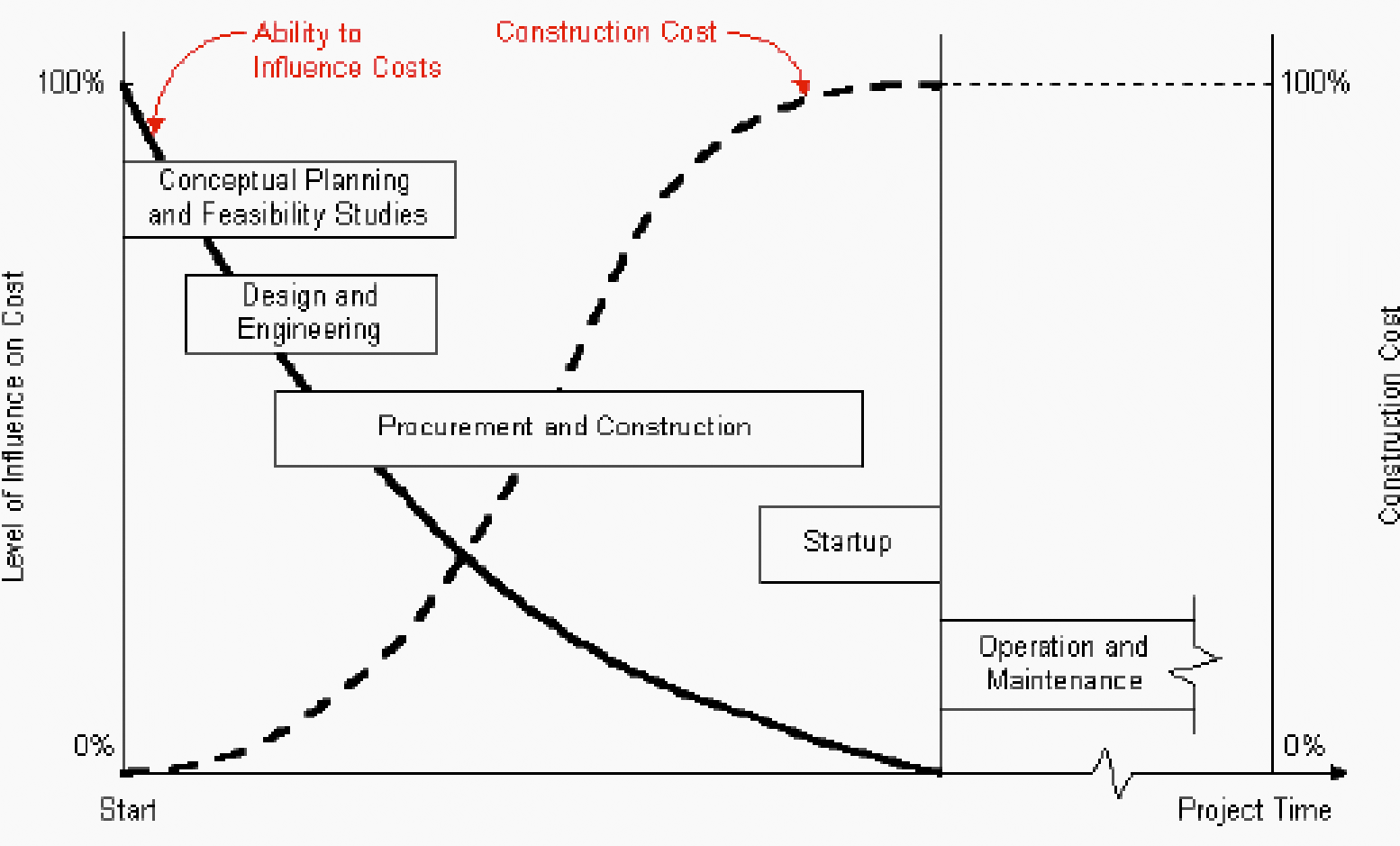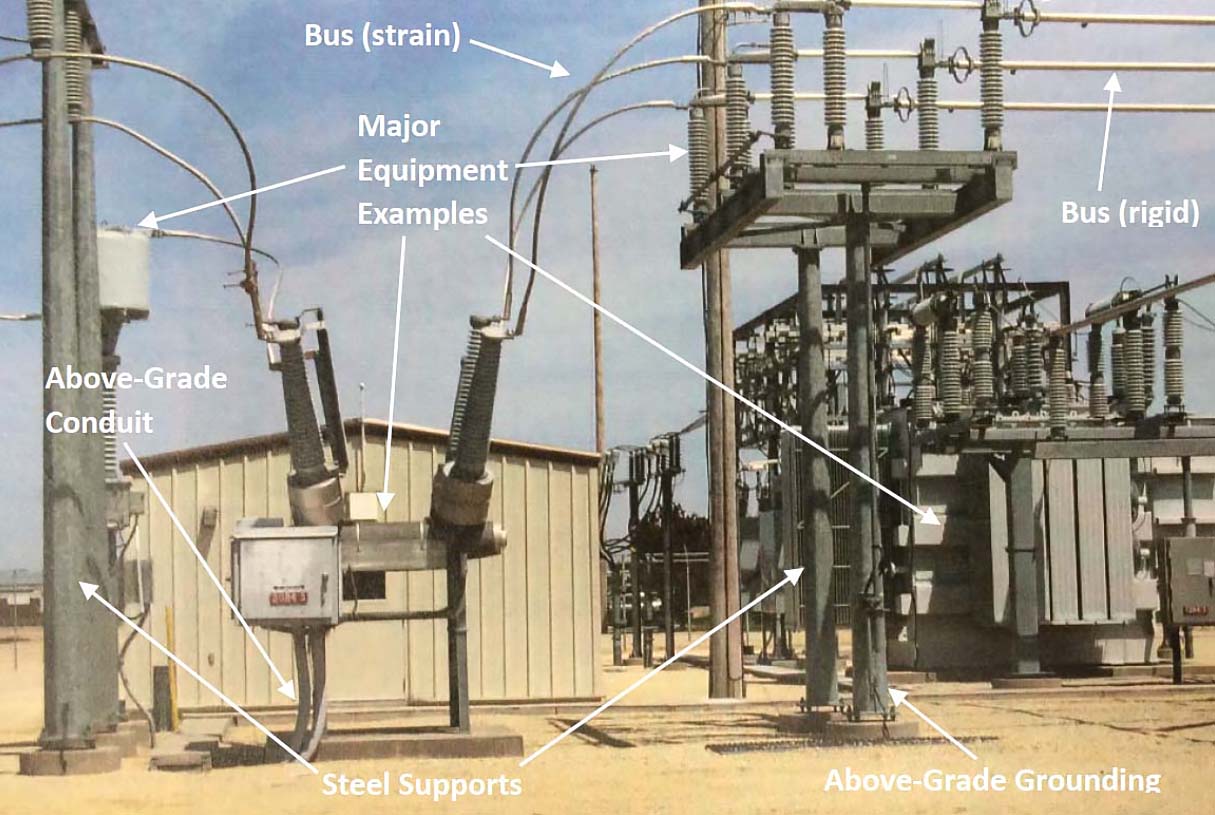Planning and tracking projects
Due to the large increases in planned capital funds for the electrical grid industry, it is vital to monitor and control the substation construction resources expended. This paper provides substation practitioners with initial typical control indicators to better plan and track their labor performance for above-grade activities, and provides the framework and recommendations for future additional research in this industry.

These control indicators were developed through comprehensive data collection and analysis of 14 well-executed substation projects completed in the upper Midwest by two different contractors.
The research from these projects indicate initially that well-executed substation projects typically consume 30% of the total above-grade labor hours between 0 and 40% of the project duration. An additional 40% of the labor hours is consumed between 40 and 60% of the project duration.
The final 40% of the project time consumes the remaining 30% of the above-grade project labor hours. The developed manpower loading curves further revealed that labor hours typically peak at around 50% project duration with an approximate peak to average ratio of 180%.
Furthermore, data analysis shows that all above-grade project activities should commence by 30% of project duration. Finally, the results from the data analysis show that major equipment, bus, and cable installations have large activity contribution factors, comprising 75% of the substation above-grade labor hours.
Best practices were also discussed to help substation contractors establish consistent labor reporting and tracking tools.
Problem Statement
High-voltage substation construction projects are considered to be of high-risk, since the construction component typically accounts for 35 to 60% of the total project cost.
However, the current state of practice of managing substation construction lacks any kind of benchmark indicators for the labor component.
Historical trends developed using actual project data can be used to establish effective verification tools, such as benchmark indicators. Utilization of benchmark indicator tools early on are important to establish a well-executed project since the ability to influence cost decreases over.
Figure 1 below summarizes the level of influence on project cost over the life of the project, with the major influence on cost being established during the planning stage (far left of figure).

Thus, to properly manage the $880 billion planned to be spend in the electrical industry, it is also important to establish dependable benchmark indicators that can be utilized early on in the project and during construction.
Research Objectives
This study has two primary objectives. The first objective is to use comprehensive labor hour data from actual electrical substation construction projects to establish typical labor hour control points. These include using items defined further in Chapter 2 such as Scurves, manpower loading curves, and other items like typical labor hour % per activity to establish project labor control points.
The second major objective is to identify other best practices used to improve substation construction and overall project outcomes. These include items such as typical project Work Breakdown Structure (WBS)5 and project tracking tools.
Research Scope
This study is focused on gathering qualitative labor hour data for completed high-voltage substation projects only; high-voltage defined here as voltage levels greater than 69kV including and up to 345kV, projects with voltages less than 69kV are not considered. Labor, material, and equipment costs (in dollars) were not gathered for the research; this was labor hour research only. The data collection and analysis process was also conducted for “well-executed” projects only.
A project was considered as “well-executed” if it was identified to have the following characteristics:
- Minimal to no change orders or requests for changes.
- Minimal to zero safety recordable.
- Minimal deviation in schedule duration.
- Utilized contractor project management, tracking, and production reporting throughout construction.
Actual data was provided from upper Midwest transmission owner for projects recently completed by two different construction contractors. A total of 14 projects had labor data collected for projects of various size and scope. The average size of the projects was around 7,500 labor hours, with a range from about 1,000 – 22,000 labor hours.
The configurations of the substations also varied, including straight bus, ring bus, and breaker and a half configurations.

As mentioned above, the scope of this study focused on above-grade activities for highvoltage substation construction only, starting typically with setting of steel and ending on above-grade scope substantial completion. Below ground activities were not included as these typically are subcontracted out to various contractors, making labor hours difficult to include and analyze consistently.
The six (6) main above-grade substation activities that were included within the research include:
- Installing above-grade ground connections to equipment, steel structures, and fencing.
- Installing above-grade conduit, connections, and junction boxes.
- Pulling and terminating of control cable and power cable (cable installation).
- Setting steel supports for equipment, bus and switch supports, static masts, dead-end H-frame or A-frame assemblies, etc. (steel installation).
- Installing major equipment such as power transformers, circuit breakers, disconnect switches, and all other minor above-grade equipment components.
- Installing substation bus, bus connections, and hardware. This includes installation of both rigid and strain bus, jumper connections to equipment, insulators, and static shielding.
The majority of the collected projects utilized a design-assist delivery system in which the owner, contractor, and engineering were engaged throughout the process.
The project contracts for projects involved were also primarily time and material (time and equipment) contract type.
| Title: | Best practice in HV substation construction projects – Justin R. Nettesheim at UNIVERSITY OF WISCONSIN-MADISON (Thesis submitted in partial fulfillment of the requirements for the degree of Master of Civil and Environmental Engineering) |
| Format: | |
| Size: | 2.4 MB |
| Pages: | 109 |
| Download: | Here 🔗 (Get Premium Membership) | Video Courses | Download Updates |
Further Study – Overcurrent protection study for power network (solving relay setting miss-coordination)
Overcurrent protection study for power network (solving relay setting miss-coordination)


sample schedule of switching substation
good technical support
Dear Sir
Hope everything is going on well for you, would you please tell me in case we have an interphase spacer L=34oomm and put a 500mm aluminum tub in the middle for maintaining more buckling strength then what will be the length of arcing distance oh this spacer?
Shall we reduce the tube length?
Best regards:Reza Tsipanahou
I want supply order from construction company..